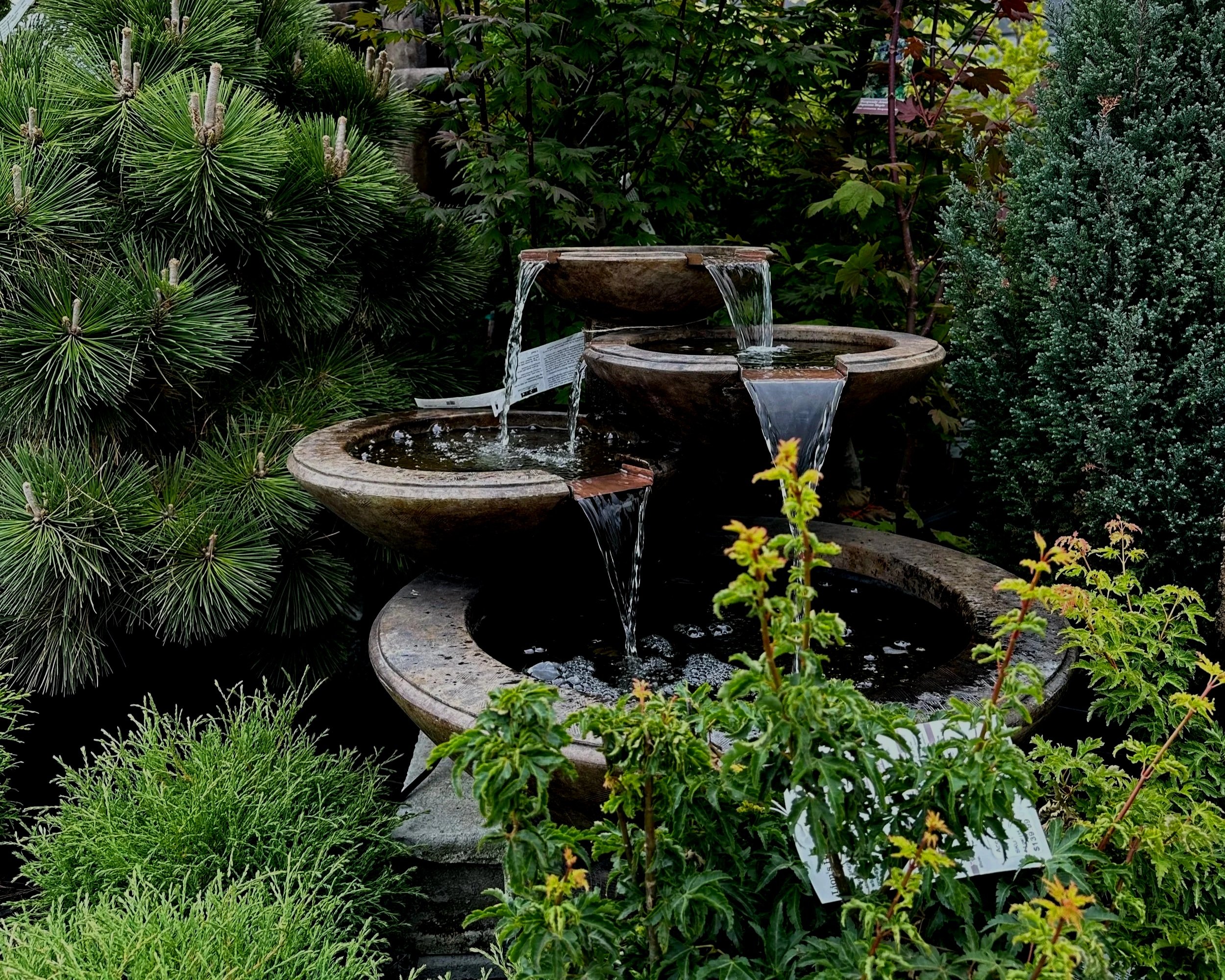This time of year presents the perfect opportunity to discuss plant hardiness and perceptions on our climate’s growing zone. Following the cold spell last week, it may be time to assess some damage in many local landscapes, including my own. The majority of us gardeners are confident (if not cocky on occasion) that we can grow just about anything in our PNW maritime climate, then Mother Nature steps in to remind us who is in control.
I think the vast majority of folks utilize the internet – news flash right? One can simply type in their zip code and website after website claims our USDA climate hardiness zone is Zone 8. This equates to minimum temperatures over winter, down in the 10 to 20 degree range. Last week we got down into the low teens, which is often the case at some point over a typical winter. There are microclimates everywhere in our region, so some folks will be a bit warmer (right on the water for example), while others are even colder. Simple frost is not the problem, it’s prolonged deep freezes that are more concerning - after which we tend lose specimens in the landscape entirely, or what is left after pruning out dieback come spring is not worth keeping.
I can only speak on things I have tried, in addition to the trials and tribulations I hear from the nursery’s patrons. Zone 8 is simply not reliably hardy, if you ask this gardener. Gardening is ultimately an experiment in trial and error – either you learn your own lessons as you go or you learn from fellow gardeners that have had similar experiences in the past. Evergreen shrubs, like Pittosporum, Bottlebrush (Callistemon), “Hardy” Olives (Olea sp.), the vast majority of Hebe cultivars, Grevillea, Loropetalum (Fringeflower), Pineapple Guava (Feijoa) and other Zone 8 material, will, at best, have some foliage damage after a freeze like last week. Sometimes they will make it through, often after a spring prune, some fertilizer and a prayer or two. All cool plants for sure, but you will need to answer the question for yourself… worth the risk to try?
A newer term we now use is “Temperennial” – perennials that are right on the Zone 8 hardy line. A few worth mentioning are any Spanish type Lavenders, some varieties of Salvia, and some cultivars of “Hardy” Fuchsia. To me, plants like these produce an easy answer, treat them as annuals and feel fortunate if they come back. Spanish Lavender is often hardy to Zone 7, but it presents another zone issue for us… winter wet and drainage. They like dry conditions and even if it is not too cold, it is often just too wet for them over our winters. Salvias are supreme hummingbird magnets (I use them every year), simply treat them as the blooming machine annuals that they are. There are plenty of truly hardy Fuchsias, but some of the coolest colors are Zone 8. Choose a wiser flavor or, again, treat them as an annual that will offer you months of color and pollinator action through the summer and fall. One quick tip for both Salvias and Fuchsias, if you are trying to keep these going year to year, NEVER cut them back in fall or winter – wait until spring (April) to see where new growth pops out on the old wood and then cut them back to those points.
I am hoping we can agree on two things: you cannot cheat Mother Nature and it is better to be safe than sorry. Curb your own zone denial by considering your plant options ahead of time and learning from gardeners, like me, who have lost far too many Zone 8 plant specimens over the years. Think about what you already have outdoors and what may need a little protection, then stop in your favorite garden center to talk with a professional about options that may help keep these plants safe. Utilizing USDA Zone 7, and lower, plant options is a safer choice and trust me, there are plenty of spectacular plant options to catch your fancy.



